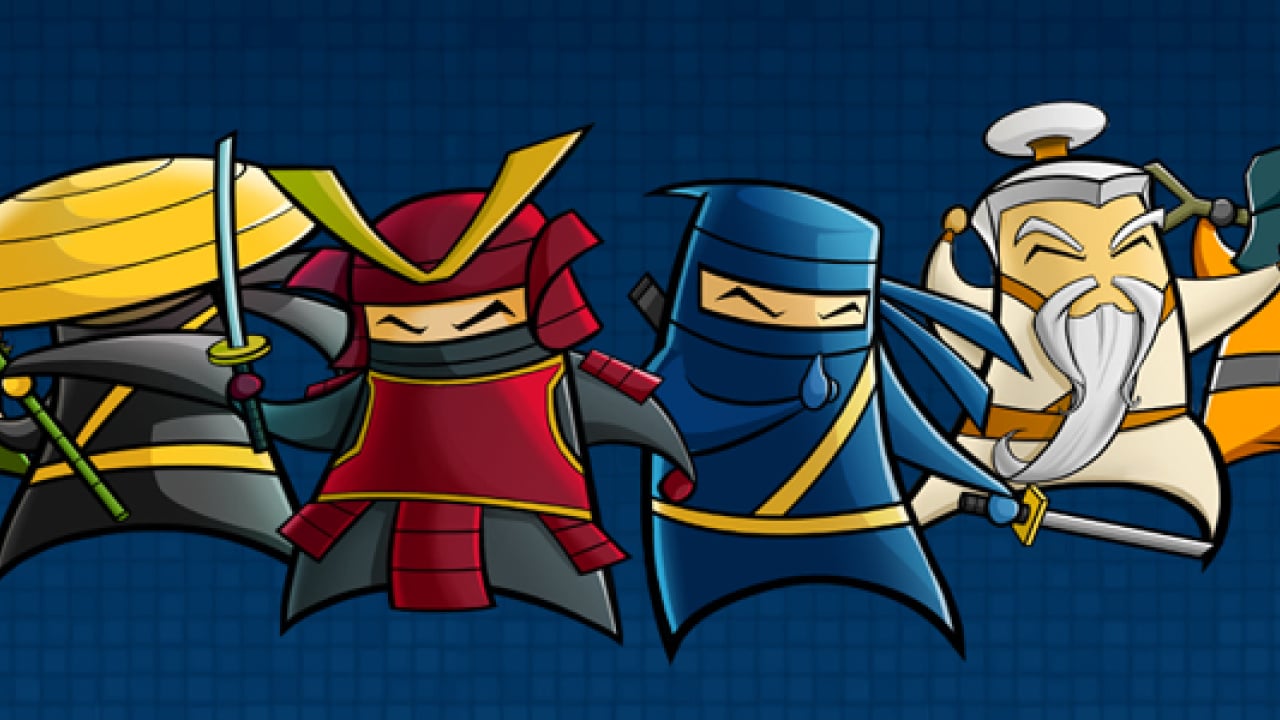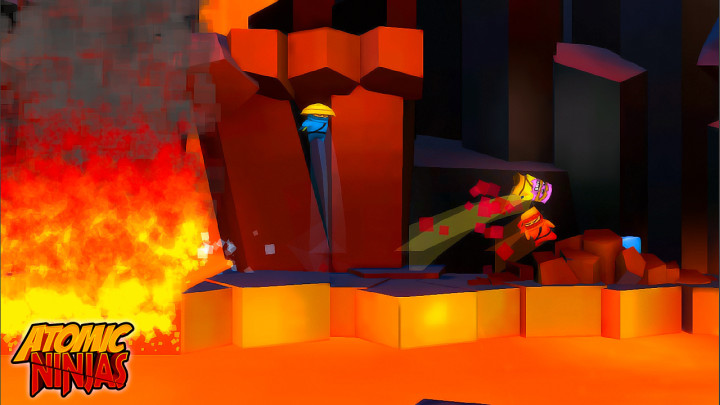
The upgrades themselves are unlocked via a weird system. It’s less of an issue later when you finally start to build an arsenal and unlock upgrades, but it takes a long time to get there. P-3 is no ballerina, and movement feels sluggish and unresponsive. They will flash red when you need to dodge or you’ll get knocked on your ass, and without a lock on, it’s hard to even keep an eye on the spritely little fuckers. Most are expressionless robots who quite simply run at you, punching, dropkicking, and grabbing at you. The atmosphere is oppressive, unsettling even, and it hints at a more cerebral game than it turns out to be.Įnemies take a huge amount of punishment, and some of them can insta-kill you if you fail a quick-time event. You’re creeping through halls smeared with blood, past bodies wrapped up in electrical cables and high-tensile tentacles. For most of the early game you’ve only got a shotgun with limited ammo and an axe. The weird thing is, it takes an incredibly long time for Atomic Heart to get anywhere near the balls-out action game the trailers depict it as. This happens more than once.īefore long though, things go inevitably tits-up, and P-3 ends up having to fight through an experimental facility overrun by killer robots and plant-headed zombies. He’s the kind of guy who asks how something works and then shouts “Boring!” half way through the explanation. You can set his voice actor to Russian if you want to, otherwise you’ll be listening to a cocky, standard-issue US generi-soldier just being generally rude and unpleasant for hours on end. We also have P-3 being a dick to the glove for no given reason. In just the first half hour we have multiple tracking shots of the city, busy crowds that don’t feature again, various info-dumps, a little light pandering to China, and two interminable elevator rides, just so we can look at all the pretty. If Atomic Heart spent as much time telling its story as gazing lovingly into its own reflection the opening wouldn’t feel so uncomfortably drawn-out.

Why you’ve come to Chelomey and where you’re going isn’t immediately made clear. Your character is a soldier whose life was saved by Sechenov, and who now wears a special Polymer glove, fitted with an advanced AI named Charles. Polymer leapfrogged humanity forward several decades in terms of technology, so Atomic Heart also has the 1950s retro-futurism made famous by Bioshock.

In this reality, Russia won World War 2 when Sechenov developed the Polymer, a kind of all-purpose, might-as-well-be-magic technology used for pretty much any plot inconvenience you stumble across. It’s hardly subtle, and the atmosphere is undeniably familiar.Ĭhelomey is one of many floating cities designed by Russian visionary, Doctor Sechenov.

It’s all so twee that you just know everyone you see will eventually end up skull-humped by the scores of robots walking among them. The opening hammers this home particularly strongly in a protracted cutscene where your American-accented Russian agent Sergey Nechayev, or P-3, enjoys a leisurely boat ride along the canals of Chelomey, a Columbia-esque city in the sky.

It looks good on the outside, fits in with the upmarket crowd, will almost certainly turn a few heads, but beneath the well-dressed veneer, it’s an inelegant monstrosity that can’t keep its knuckles off the floor for long.ĭeveloper Mundfish wears its inspirations on its sleeves here, and at least at surface level Atomic Heart is equal parts Bioshock: Infinite and Fallout 4. The best way to describe Atomic Heart is to liken it to a thug in a pinstripe suit.


 0 kommentar(er)
0 kommentar(er)
